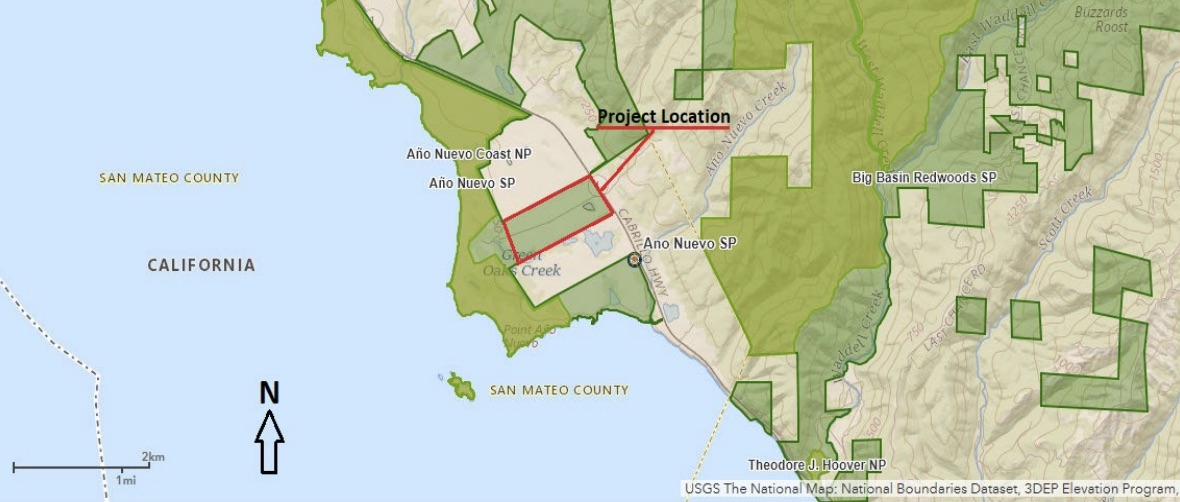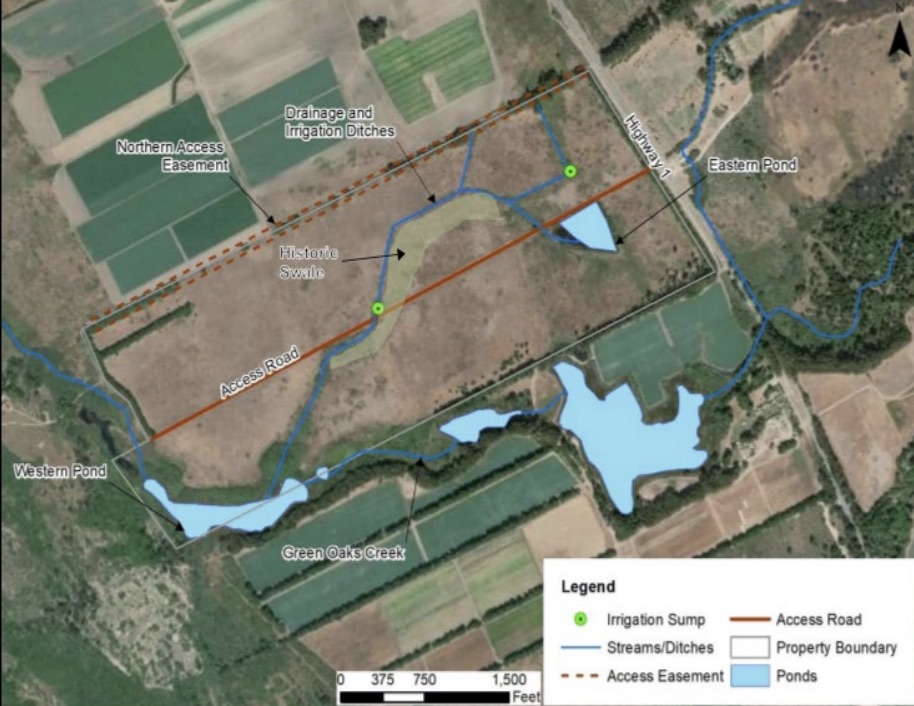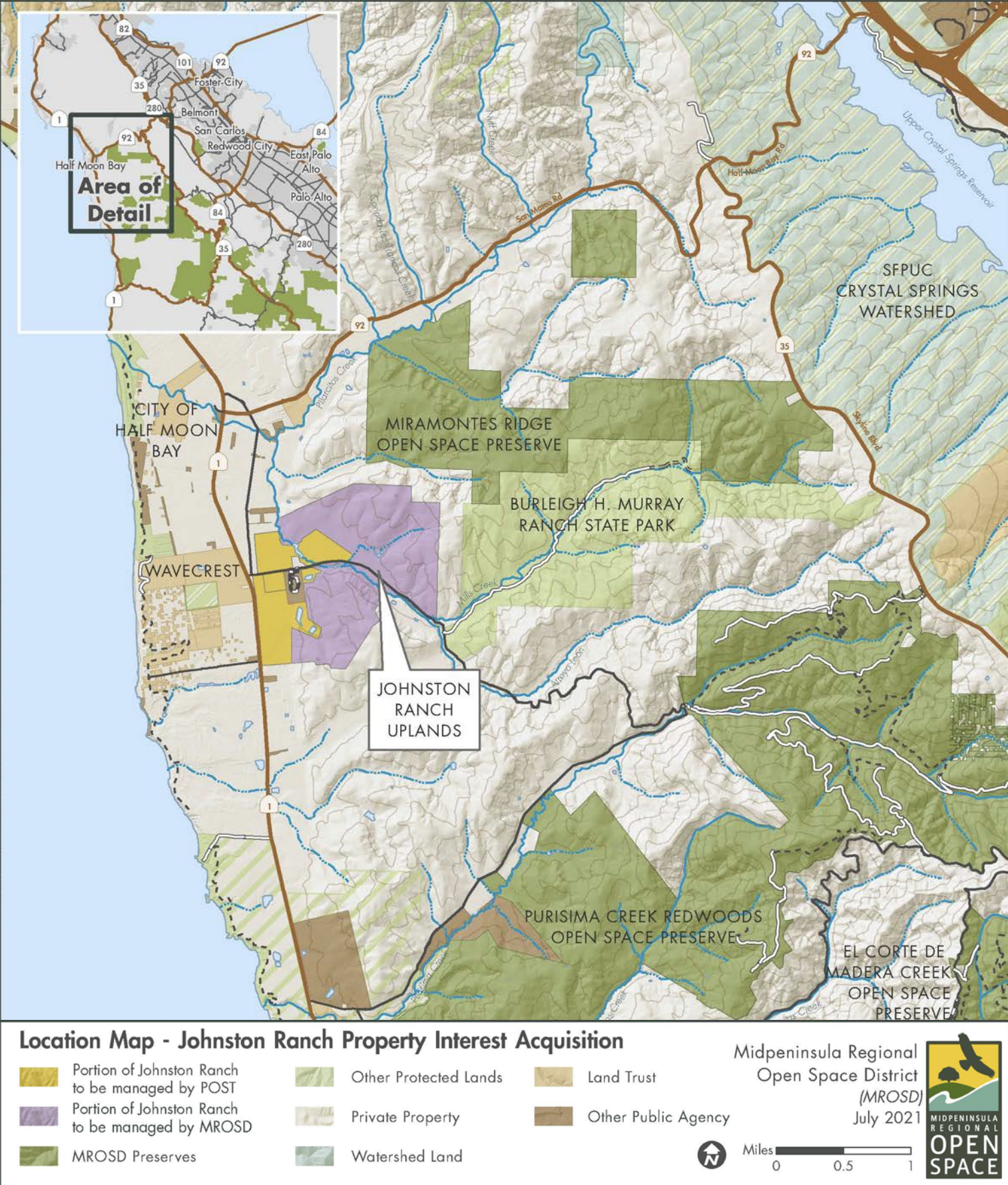|
Getting your Trinity Audio player ready...
|
RESTORATION PROJECT. By the State of California Department of Parks and Recreation, Santa Cruz District, March 2021.
Public comment ends May 10th, 2021:
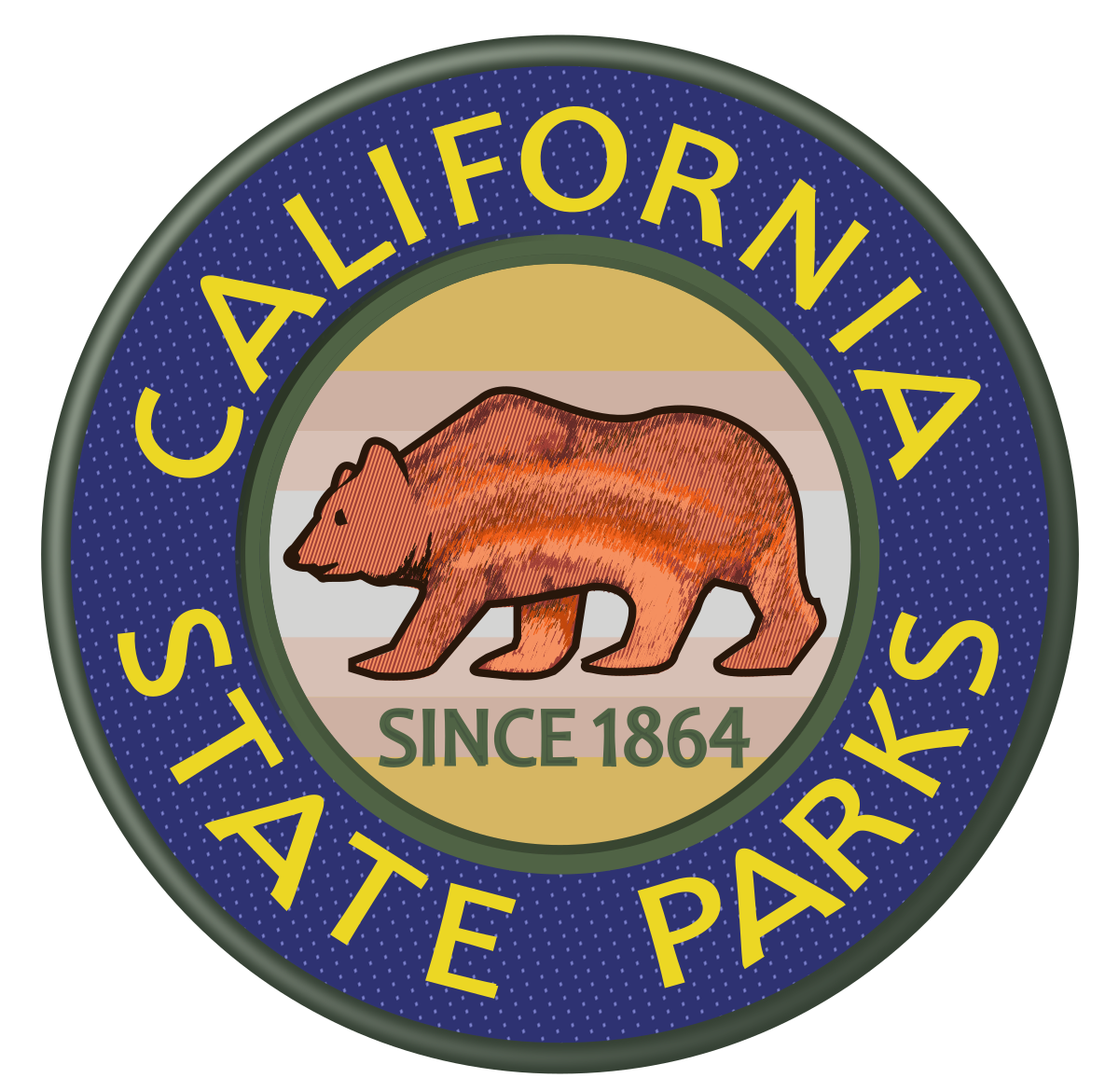 The San Mateo Resource Conservation District (SMRCD) is working with the California Department of Parks and Recreation (DPR) to restore the natural hydrology and enhance the ecosystem functions of the former Steele Ranch property, a 235-acre portion of Año Nuevo State Park on a coastal bluff just west of Highway 1. The coastal plain of much of San Mateo County has been intensively farmed and modified. The Green Oaks Restoration Project presents an opportunity to restore these degraded habitats that once supported coastal prairie, scrub, and riparian communities that in turn supported a variety of wildlife species, several of which are federally protected, including the California red-legged frog (Rana draytonii) and the San Francisco garter snake (Thamnophis sirtalis tetrataenia).
The San Mateo Resource Conservation District (SMRCD) is working with the California Department of Parks and Recreation (DPR) to restore the natural hydrology and enhance the ecosystem functions of the former Steele Ranch property, a 235-acre portion of Año Nuevo State Park on a coastal bluff just west of Highway 1. The coastal plain of much of San Mateo County has been intensively farmed and modified. The Green Oaks Restoration Project presents an opportunity to restore these degraded habitats that once supported coastal prairie, scrub, and riparian communities that in turn supported a variety of wildlife species, several of which are federally protected, including the California red-legged frog (Rana draytonii) and the San Francisco garter snake (Thamnophis sirtalis tetrataenia).
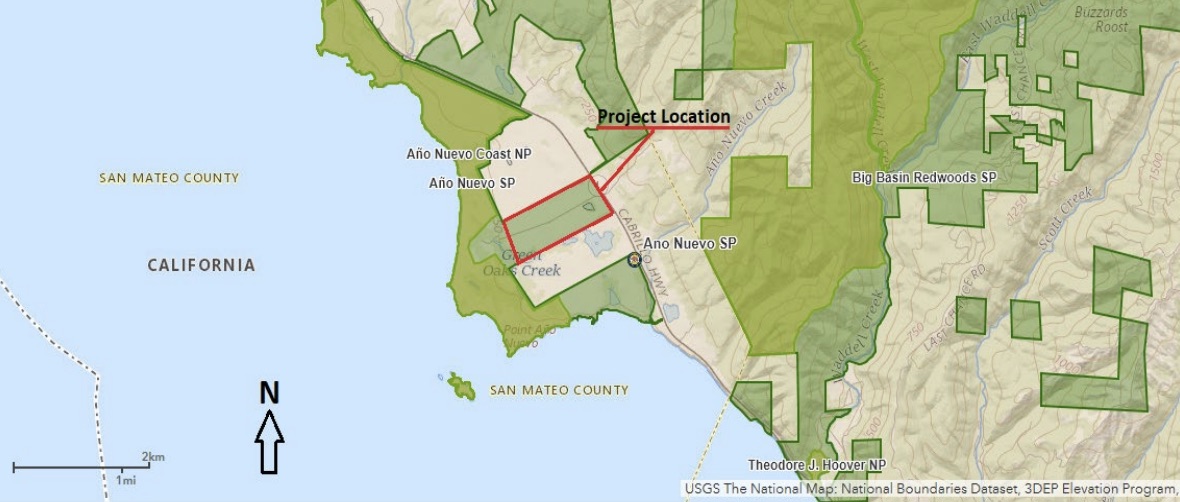 Figure 2. Project location within Año Nuevo State Park
Figure 2. Project location within Año Nuevo State Park
The project area contains a tributary of Green Oaks Creek and has been heavily modified through intensive agricultural activities and modifications to the hydrologic network to store and use irrigation water for farming. The most distinctive modifications on the property that affect the hydrology are the constructed ponds and an associated system of ditches that collected, retained, and conveyed water around the site for irrigation use and general drainage. These water supply and drainage systems were enhanced through a system of diversions, pipes, and pumps that at one time brought additional water to the parcel from a system of diversions and small storage ponds on Green Oaks Creek upstream and to the east of Highway 1.
Agricultural use of the property ended in 2005. The agricultural practices included row crop production, pond construction to store irrigation water, excavation of ditches to drain former wet meadows, development of access roads, and development of a complex water management system to store, move, and utilize water for crop production. A key part of this water system is an approximately 4.4-acre pond on the eastern edge of the property, that is surrounded by man-made berms and holds water year-round. The access road, which bisects the property from east to west, runs adjacent to the northern berm of the pond. The pond historically stored water that was released into the ditches excavated throughout the property for irrigation use. Portions of the ditches, prior to the acquisition by State Parks, were regularly maintained by the farmers to create locations where water was pumped for irrigation. Past landowners planted hedgerows of Monterey cypress and blue gum eucalyptus around the property for privacy screening and wind protection.
Figure 3. Aerial of Green Oaks Project area with key site features
The eastern pond, and several other ponds within ANSP, provide ideal habitat conditions for two species, protected under State and Federal laws, known to occur at the site. The California redlegged frog (CRLF) requires seasonally inundated, slow moving water bodies to breed and carry out part of its life cycle and therefore is entirely dependent upon habitats similar to the conditions found in the eastern pond. Adults forage in slow moving water and riparian areas and use upland areas adjacent to these habitats to overwinter before returning to slow moving water and ponds to breed. The San Francisco garter snake (SFGS) prefers open, sunny upland habitats adjacent to densely vegetated ponds, similar to conditions found along the western margin of the eastern pond. They hide and nest in rodent burrows, and feed primarily on CRLF and Pacific tree frog (Pseudacris regilla) adults, which occur in the eastern pond and elsewhere on the site where there is standing water or seasonal ponds.
The eastern pond provides important habitat for all three of these species because it includes a mix of open water, areas of dense emergent vegetation, densely vegetated upland areas, and drier upland areas consisting primarily of coyote brush (Baccharis pilularis) and grasses (Photo 1). The presence of all these habitat types in close proximity to each other is important to support the various life stages of both predator and prey species. Of particular importance is the presence of some degree of open water, which, over time, tends to disappear as the emergent vegetation encroaches from the margins.
Photo 1. View of the eastern pond looking southeast from the northwest portion of the berm. Note the open water area fringed by emergent wetland vegetation consisting primarily of bulrush and cattail.
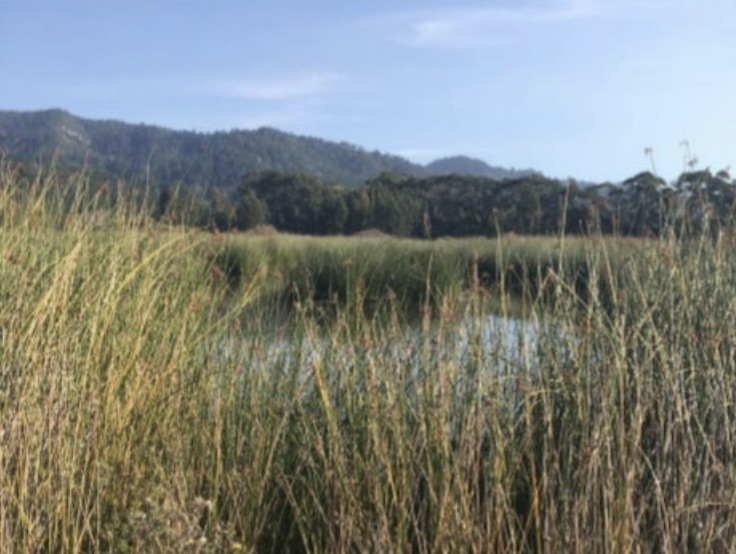 In 2009, the consulting firm PBS&J finalized the Habitat Management Plan (HMP) for the Steele Ranch mitigation site. The HMP contains multiple recommendations for enhancing the habitat value of the site by decreasing sediment transport and erosion while increasing the total wetland area. Their study found that the current agricultural ditches convey water rapidly off the site and recommended filling in portions of the ditches. This will (1) raise the groundwater table, thereby increasing the total area of hydric soils found on site, and (2) create areas of open water adjacent to upland, expanding potential CRLF and SFGS habitat.
In 2009, the consulting firm PBS&J finalized the Habitat Management Plan (HMP) for the Steele Ranch mitigation site. The HMP contains multiple recommendations for enhancing the habitat value of the site by decreasing sediment transport and erosion while increasing the total wetland area. Their study found that the current agricultural ditches convey water rapidly off the site and recommended filling in portions of the ditches. This will (1) raise the groundwater table, thereby increasing the total area of hydric soils found on site, and (2) create areas of open water adjacent to upland, expanding potential CRLF and SFGS habitat.
Full Initial Study and Negative Declaration for Green Oaks Restoration
[pdf-embedder url=”https://www.coastsidebuzz.com/wp-content/uploads/2021/05/2021_Green-Oaks-DRAFT_MND_4.8.2021.pdf” title=”2021_Green Oaks DRAFT_MND_4.8.2021″]
CEQA (California Environmental Quality Act)
This Initial Study/Mitigated Negative Declaration (IS/MND) has been prepared by the California Department of Parks and Recreation to evaluate the potential environmental effects of the Green Oaks Restoration Project at Año Nuevo State Park, located in San Mateo County, California. The proposed project would restore the natural hydrology of the former Steele Ranch property, raising the seasonal groundwater table to support wet meadow and riparian habitat. The project will maintain current habitat and create additional seasonal and perennial open water with enhanced adjacent upland habitat for the benefit of California Red Legged Frogs and San Francisco Garter Snakes.
-
Contact Information
- Ryan Diller
Department of Parks and Recreation
Lead/Public Agency
303 N Big Trees Park Road
Felton, CA 95018
Phone : (831) 335-6318
[email protected]


